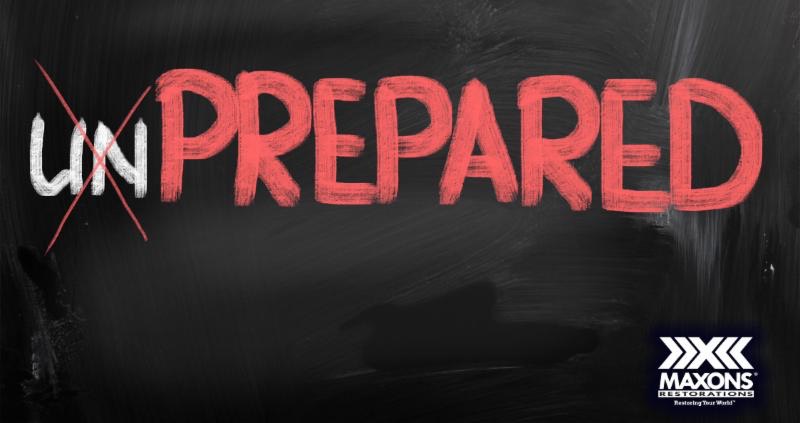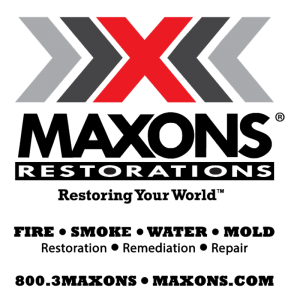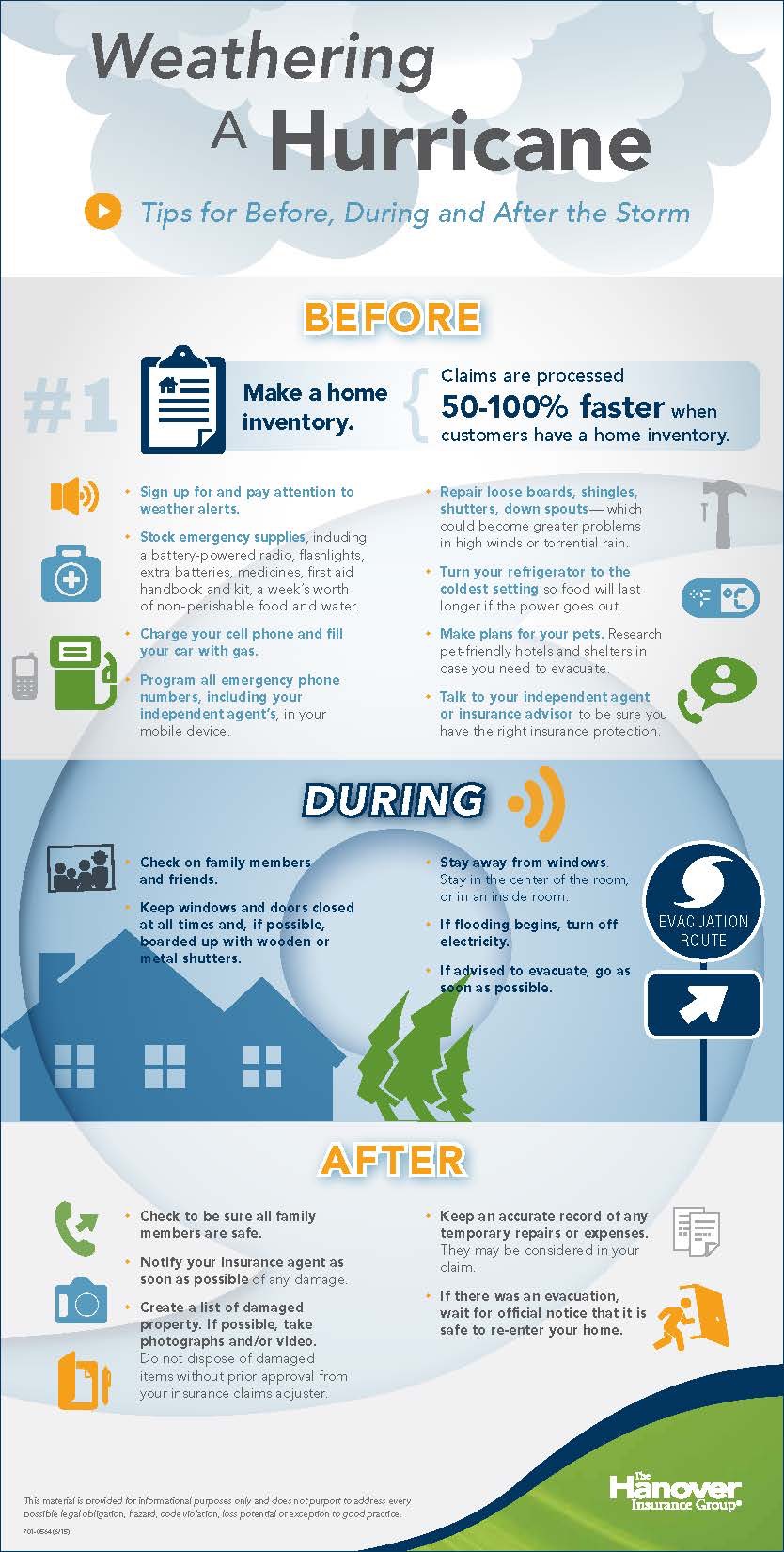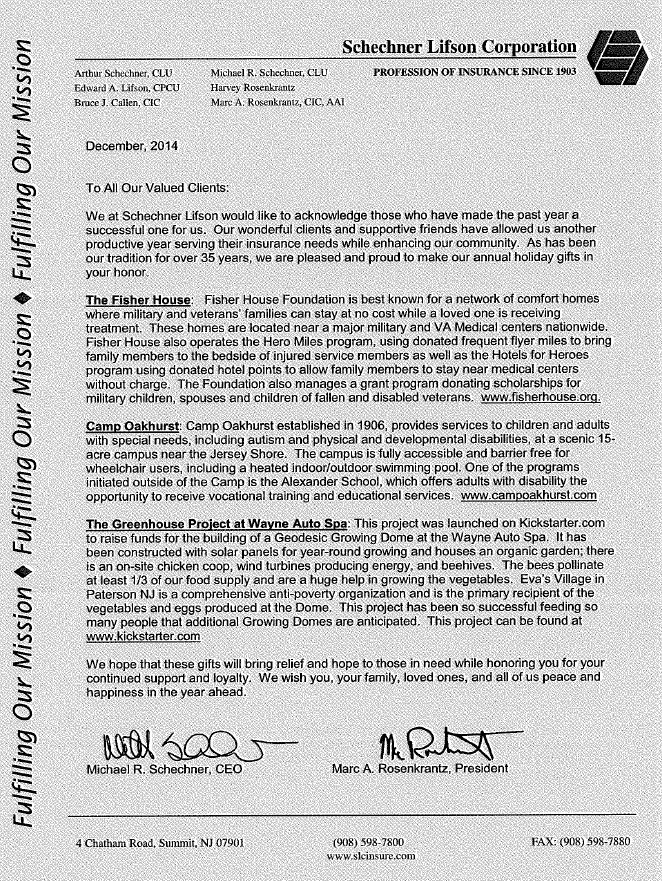Why You Should Be Looking for Employment that Offers Disability Insurance
Most people are well aware of the importance in having insurance for themselves and their families, whether that be health insurance, car insurance, home insurance, or other. However, disability insurance is not as commonly discussed. In fact, you might not even know if you have disability insurance at all, what it does for you, and what the specific terms of your policy are.
Despite that, both short term disability and long term disability insurance are critical to protecting yourself and your family if something happens to you. Because of that, educating yourself on disability insurance and being sure you have the appropriate coverage are crucial steps to take before you ever might need it.
What is disability insurance?
Disability insurance guarantees you and your family some or all of your salary depending on the specific terms of your coverage) should you become disabled and unable to perform your job. Those who can take advantage of their short term disability and long term disability insurance policies aren’t just those who suffer from an accident, but can also include medical issues like back injuries, cancer, or any injury or ailment that can cause you to be unable to perform your job for an extended period of time. While the worker is recovering from the injury or illness, disability insurance is there to keep your household afloat.
The difference between short term disability insurance and long term disability insurance
As with all types of insurance, understanding your different options is critical to ensuring you have the right coverage for you, and the first item to know is whether you are receiving short term disability or long term disability insurance.
- Short term disability insurance policies are for instances where the worker is displaced and unable to work due to their ailment for six months or less.
- Long term disability insurance policies cover workers who need six months or longer to recover enough to return to work.
Why disability insurance is so important
While many people might think they are healthy and safe and wouldn’t actually have a need for disability insurance, you might be surprised to find that just over 25% of today’s 20-year-olds will become disabled in some manner before they retire according to the Council for Disability Awareness. The most important, and obvious, reason that disability insurance is important is to make sure you are covered if you become disabled much earlier than retirement age and are unable to work for the rest of your life. In such an instance, disability insurance will make sure you can pay your bills and support yourself.
While many people develop an emergency fund to make sure they can afford their rent, mortgage, utilities, and groceries should they be unable to work for a period of time, not everyone is in a financial position to save that much, and that is where short term disability insurance has your back.
Further, unless you are very close to retirement age, it is quite unlikely you’ll ever develop an emergency fund that will last you for the rest of what would have been your working years, which is precisely why long term disability insurance is so important.
Why disability insurance through your employer is the best bet
Because disability insurance is such an important safety net for every individual and family, there are several avenues through which disability insurance is offered:
- The Social Security Administration
- Private insurance companies
- Your employer
Despite the options, your employer is likely the best place to ensure you are properly covered. The disability benefits from the Social Security Administration are only offered for those who are expected to miss a year or more, so short term disability insurance through your employer kicks in earlier. Not only that, but the disability insurance from the Social Security Administration has a lot of hoops to jump through before you’re eligible and it does not replace much of your income.
Disability insurance through a private company, however, is almost always more expensive than getting the same coverage through your employer. Getting your disability insurance through your employer as opposed to privately through an insurance company also saves you the headaches and stress that comes with negotiating and trying to see through the sales pitch, as your employer has already done that and got a deal on coverage that is likely to save you more in the long run.
Want to find out more?
Schechner Lifson Corporation is an independent insurance agency that can offer your business short term disability and long term disability insurance for all of your employees. With experienced and caring agents, Schechner Lifson Corporation can make sure you and your employees are covered at a price that may just be more affordable than you think. Contact us today to see how we can make sense of the often confusing world of insurance and provide you with the best and most affordable coverage possible.









